On January 29 1536, Catherine of Aragon was buried at Peterborough Abbey (later cathedral). She had requested to be buried at a monastery belonging to the Franciscan Observant Friars but this request was turned down as the ‘friars’ convents no longer existed’ (Tremlett, p. 426).
Catherine’s funeral service was for a dowager princess and not a queen, for this reason Eustace Chapuys chose not to attend. Henry did not attend either, instead remaining at Greenwich and refused to allow Mary to attend her mother’s funeral.
Details of the funeral are given in Letters and Papers Foreign and Domestic. The procession left for Peterborough in the following order,
“First, 16 priests or clergymen in surplices went on horseback, without saying a word, having a gilded laten cross borne before them; after them several gentlemen, of whom there were only two of the house, “et le demeurant estoient tous emprouvez,” and after them followed the maître d’hotel and chamberlain, with their rods of office in their hands; and, to keep them in order, went by their sides 9 or 10 heralds, with mourning hoods and wearing their coats of arms; after them followed 50 servants of the aforesaid gentlemen, bearing torches and “bâtons allumés,” which lasted but a short time, and in the middle of them was drawn a waggon, upon which the body was drawn by six horses all covered with black cloth to the ground. The said waggon was covered with black velvet, in the midst of which was a great silver cross; and within, as one looked upon the corpse, was stretched a cloth of gold frieze with a cross of crimson velvet, and before and behind the said waggon stood two gentlemen ushers with mourning hoods looking into the waggon, round which the said four banners were carried by four heralds and the standards with the representations by four gentlemen. Then followed seven ladies, as chief mourners, upon hackneys, that of the first being harnessed with black velvet and the others with black cloth. After which ladies followed the waggon of the Queen’s gentlemen; and after them, on hackneys, came nine ladies, wives of knights. Then followed the waggon of the Queen’s chambermaids; then her maids to the number of 36, and in their wake followed certain servants on horseback.”
Catherine’s body was received at Peterborough abbey by
“the bishops of Lincoln, Ely, and Rochester, the abbot of the place, and the abbots of Ramsey, Crolain (Crowland), Tournan (Thorney), Walden and Thaem (Tame), who, wearing their mitres and hoods, accompanied it in procession till it was placed under the chapelle ardente which was prepared for it there, upon eight pillars of beautiful fashion and roundness, upon which were placed about 1,000 candles, both little and middle-sized, and round about the said chapel 18 banners waved..” (Letters & Papers)
Solemn vigils were said that day and on the next day three masses by three bishops: the first by the bishop of Rochester, the second by the bishop of Ely and the third by the bishop of Lincoln.
Lady Eleanor Brandon, daughter of Charles Brandon, Duke of Suffolk, and the king’s late sister Mary Tudor, acted as chief mourner. After the mass, Catherine’s body was buried ‘in a grave at the lowest step of the high altar, over which they put a simple black cloth.’ (Letters & Papers)
And so ended the funeral of Catherine of Aragon, who as far as her supporters were concerned, had been England’s true Queen for 27 years.
On the very same day, the woman who now held the title of Queen of England, Anne Boleyn, miscarried. Read more about this significant event here.
After the turmoil Catherine faced in life, it seems that still trouble followed her in death. In 1643 Oliver Cromwell’s troops ransacked the cathedral, despoiling Catherine’s tomb, but in the 19th century an appeal was made to Englishwomen who were also named Catherine (or Katharine etc.) and raised enough money to put a new stone on Catherine’s tomb (Tremlett, p. 426).
Today you can visit the Abbey and see Catherine’s final resting place. A wooden plaque on her tomb remembers her as: ‘A queen cherished by the English people for her loyalty, piety, courage and compassion’.
Each year Peterborough Cathedral commemorates the life of Catherine of Aragon by hosting a festival and service. Find out more information here.
Read in more detail about Catherine’s death in my article here.
References
‘Henry VIII: February 1536, 6-10’, Letters and Papers, Foreign and Domestic, Henry VIII, Volume 10: January-June 1536 (1887), pp. 98-108. URL: http://www.british-history.ac.uk/report.aspx?compid=75415 Date accessed: 29 January 2012.Tremlett, G. Catherine of Aragon: Henry’s Spanish Queen, 2010.



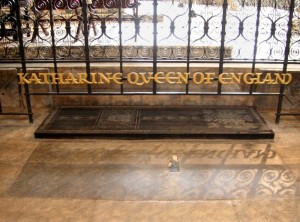







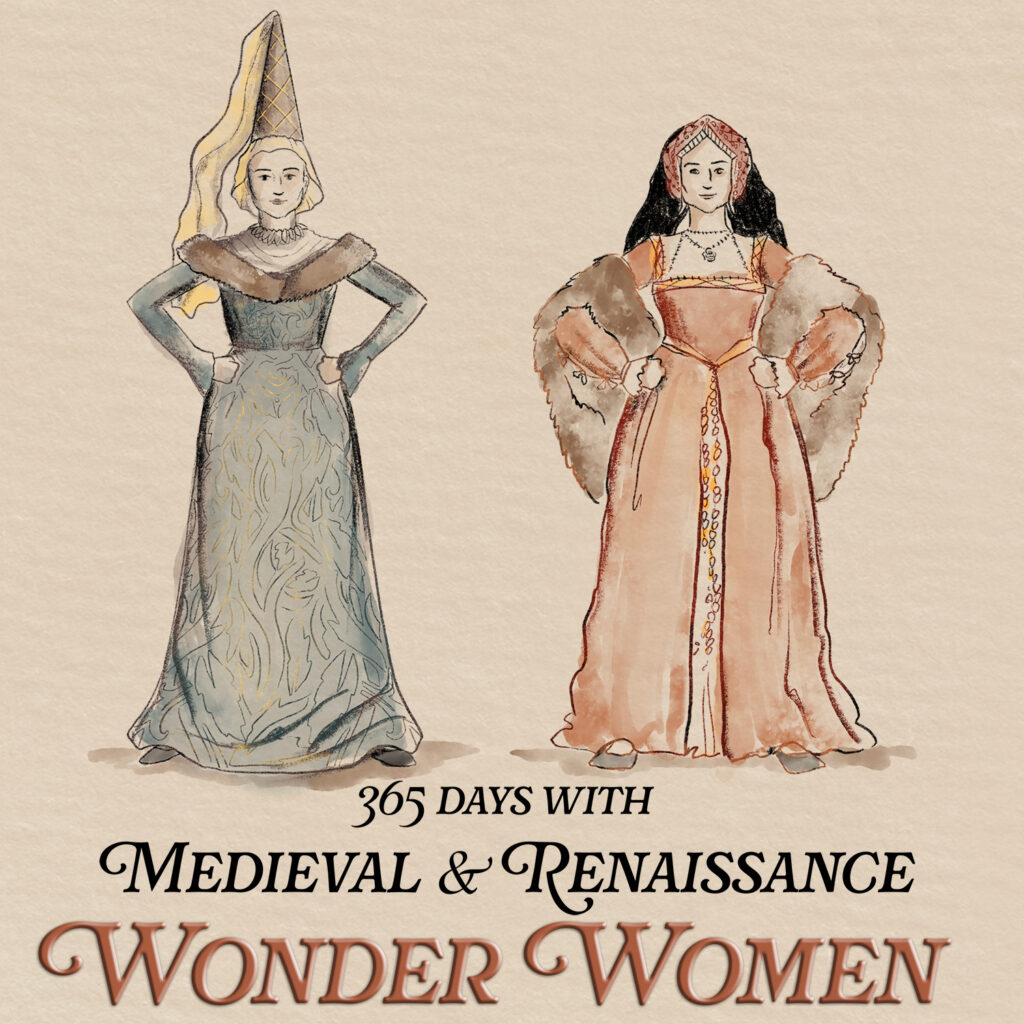



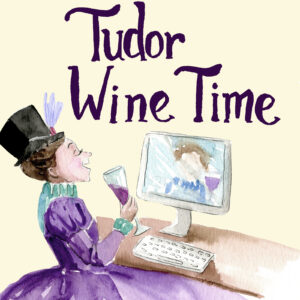




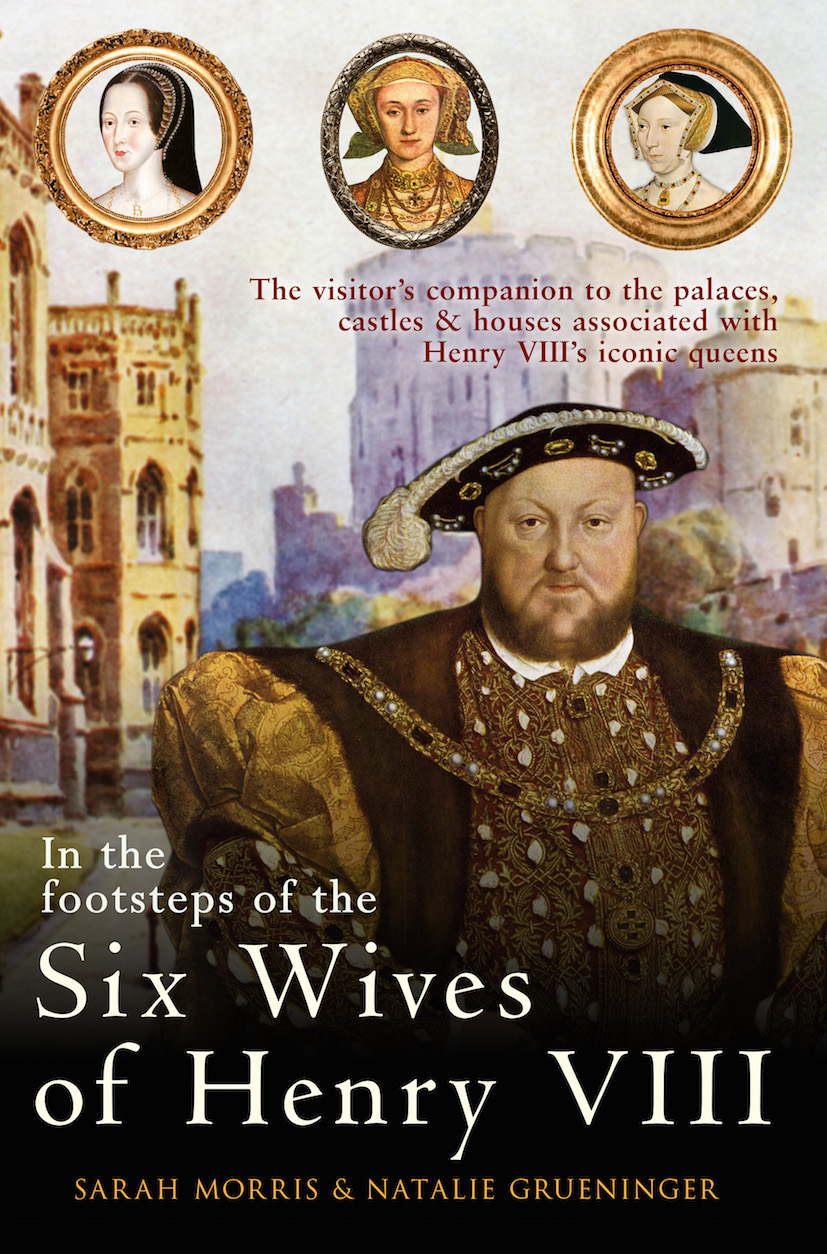
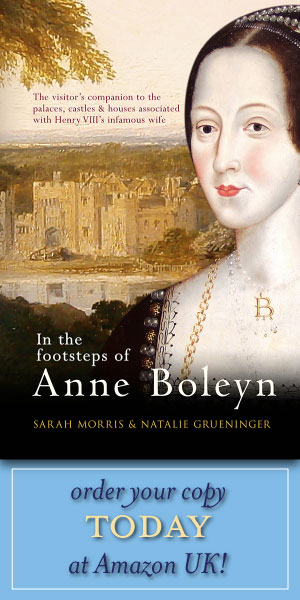


Catherine was a tragic fate. She did not want
to accept that there is the queen of England.
This persistence led her to a tragic end.
Certainly would be happy if she knew that her
tomb has been called the queen of England.
I would love to be given the chance of winning the valentines day book giveaway, as it looks amazing! I am a huge reader of historical fiction and adore Anne Boleyn and love to read anything that is related to Tudor history.
I would be so greatful if i could be entered into this competition. xxx
She stuck by what she believed to the bitter end, whether we agree with her or not, you have to admire her strength and will, never relenting in her fight for what she thought was her and Mary’s right, even when she was causing herself great suffering.
I am sure that the homage that is paid to her now will give her the peace and the happiness that was lost to her in life
One wonders why Catherine was so stubborn. Had she submitted to an annulment, recognizing that she could never give Henry the make heir that he needed, the Pope would more than likely have reasoned with her nephew, the Holy Roman Emperor, and it would have been a done deal. But as a result of her refusal, she is at least partially responsible for the destruction of the Roman Catholic Church in England and the subsequent decades of Holy Wars that followed. This could all have been averted and many lives saved, since Henry was not at all interested in the Protestant Reformation..